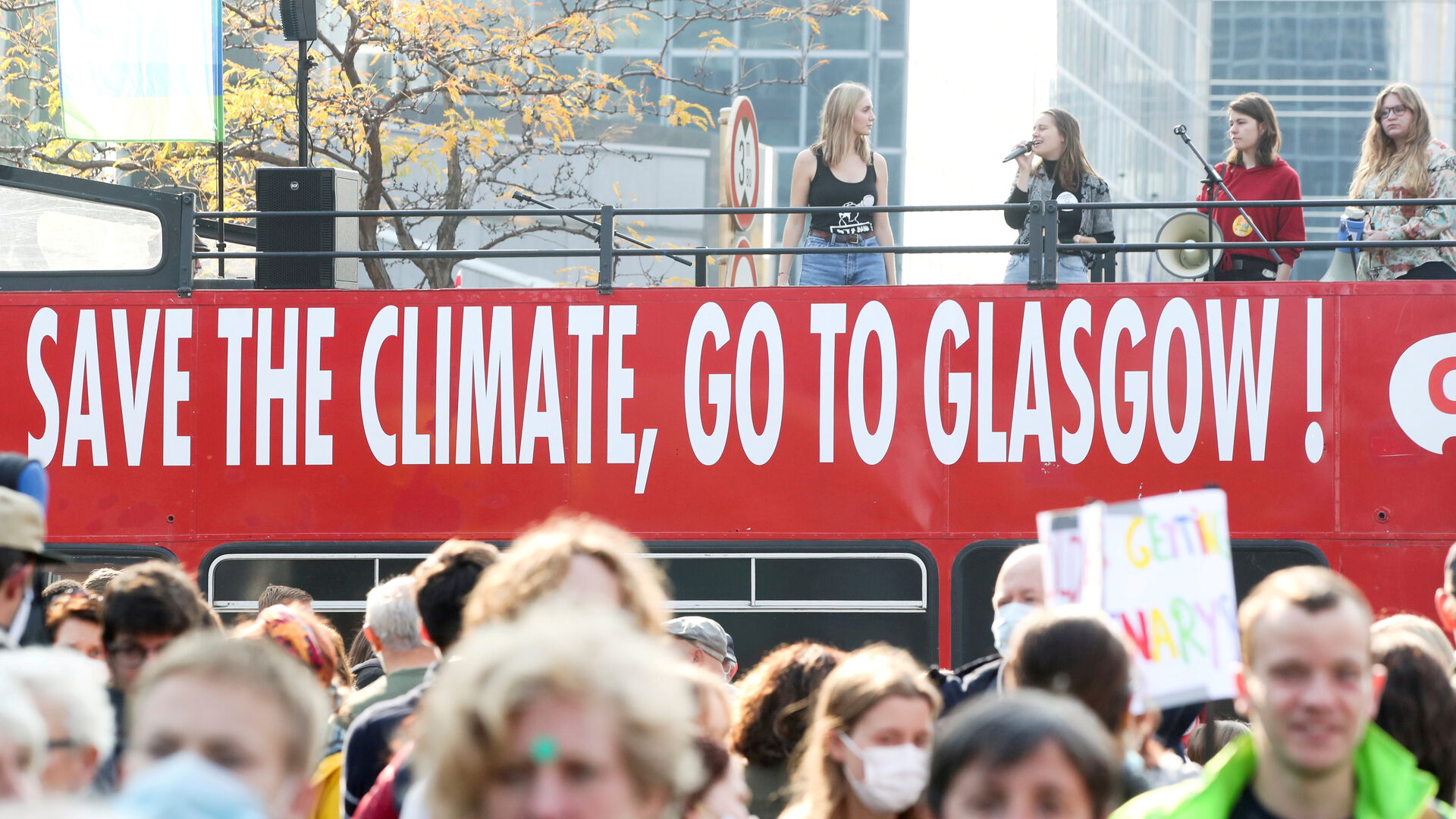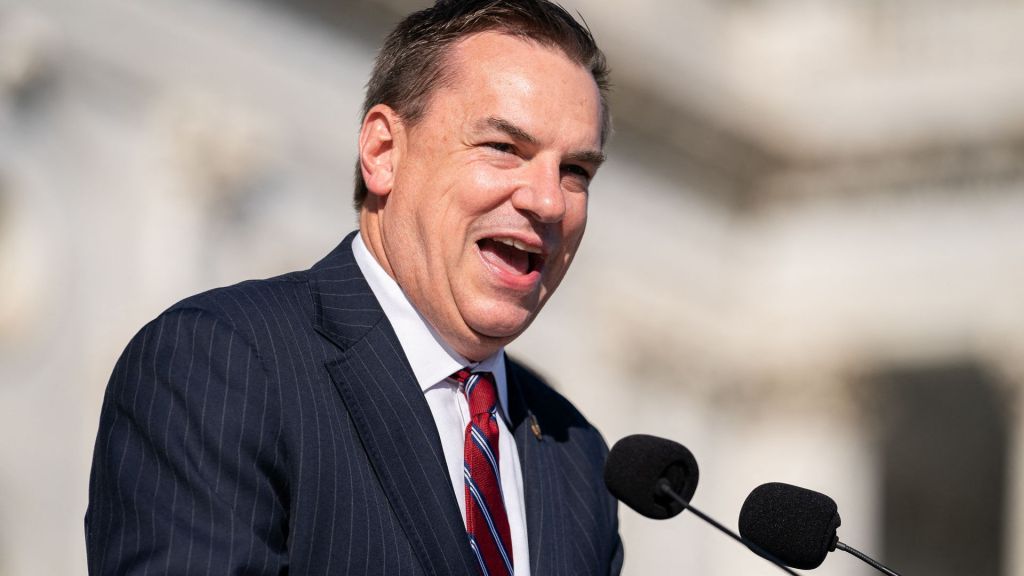
Professor Petteri Taalas, Secretary General, World Meteorological Organization (WMO): “We have again broken records in main greenhouse gases; carbon dioxide, methane and nitrous oxide, and this negative trend that we have been observing in all reports for decades has continued also this year.”
Dr. Oksana Tarasova, Chief of Atmospheric and Environment Research Division, World Meteorological Organization (WMO): “We need to mitigate emissions. There is no way around it. We need to reduce emissions as fast as possible. When countries are taking commitments to be carbon neutral, atmosphere gives us a very clear signal that our commitments should be converted in something which we can see in the atmosphere. If we do not see our – let’s say at least the decreasing growth rate of the major greenhouse gases – we cannot actually declare the success in climate agenda. We are making measurements, and we are providing objective information on what is going on in the atmosphere, so commitments should be followed by the actions.”
Professor Petteri Taalas, Secretary General, World Meteorological Organization (WMO): “We have already seen some alarming indications that for example the Amazonian rainforest ecosystem; it used to be a major sink of carbon has become now a source of carbon which is alarming, and this is related to deforestation in the area and also changes in local climate because of this deforestation and also higher temperatures which are favoring evaporation.”
“It is clear from science that these concentrations of greenhouse gases, they are driving climate change, and if we are able to mitigate those emissions, we could phase out the negative trend in climate around 2060. So that is our aim, but we have also some parameters, some features that will continue for even hundreds of years and that means the melting of snow and ice and melting of glaciers and a related sea level rise. So, we have already reached such a high concentration of carbon dioxide that the problem does not go away fairly, fairly soon.”
“We have all the technical means to convert our energy systems, our transport systems and most of the industry systems to become climate friendly. And also, we have the financial resources to reach that but, so far, the progress has been too slow.”










